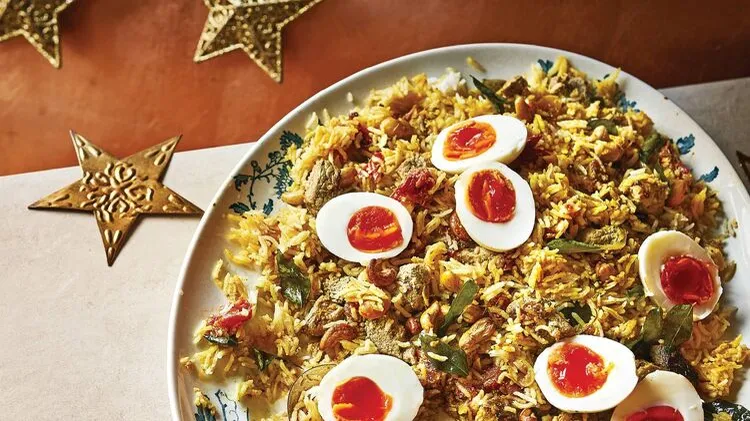From home baking to shop-bought bread, pasta and cereal
Changing the world, one loaf at a time
11 min read
This article is from...
Read this article and 8000+ more magazines and newspapers on Readly






